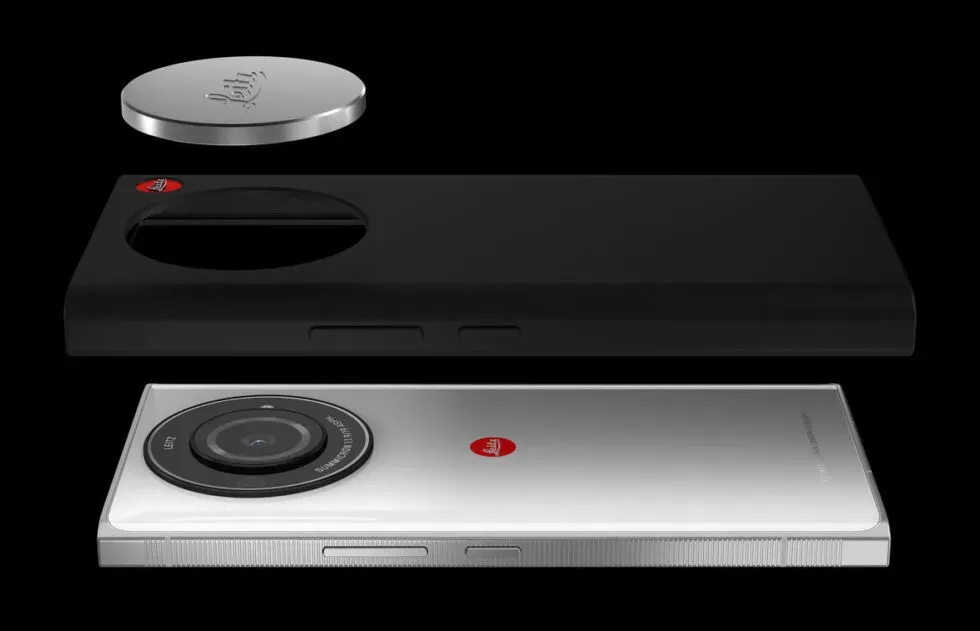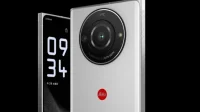Meet the Leica Leitz Phone 2, a phone from the famous German camera manufacturer that is only for Japan? If smartphones are taking over the camera market, it makes sense that some camera makers will try to go the other way.
However, Leica does not make smartphones, so the company that actually makes this phone is Sharp! Now Japanese exclusivity makes sense. If you need to build your branded smartphone on someone else’s hardware, it’s hard to go wrong with the Sharp Aquos R7, a stunningly unique Android phone that does away with many of the silly phone trends that other manufacturers mindlessly stick to. The R7 came out with Leica branded optics, so this is apparently the second half of this deal.
Sharp is no stranger to unique smartphone designs, and Leica and its R7 sister phone make a lot of good decisions. Instead of a bunch of questionably useful tiny rear cameras, you get one gigantic camera: a 1-inch Sony IMX989 sensor. It is the largest currently available on a smartphone. Normally the IMX989 is 50MP, but Leica cuts it down a bit and lists “47.2MP effective pixels”. The display is flat, a big departure from the mindlessly curved and distorted screens that companies typically put on flagship Android phones. The curved screen gimmick is by Samsung, the display supplier for most of the world’s smartphones, but here the display is made by Sharp, a 6.6-inch OLED display with a resolution of 2730×1260 and a decidedly redundant 240Hz refresh rate.
Another unique thing about Sharp is that it appears to be the only company interested in a giant Qualcomm 3D Sonic Max fingerprint sensor built into the screen. The biggest problem with in-screen fingerprint sensors is that there is no tactile indication of where to put your finger, so it’s easy to miss the sensor a bit and get a bad read. However, the Qualcomm 3D Sonic Max sensor is huge – big enough to fit two fingers, so you won’t miss it. This sensor came out in 2019, but no one uses it because it’s expensive.

As for Leica’s actual contribution to this phone, it features a redesigned aluminum frame with 90-degree corners and a grippy knurled texture running down the sides of the frame. Display design could be better. The 90-degree corners make the front a bit awkward as the display is still taken from the Aquos R7 with rounded corners, so the phone now has a screen that doesn’t match the corners of the body. You get rounded display corners with a matching black bezel, and then 90-degree aluminum corners that give the front bezel an odd double-bezel look. Some phones, like the Galaxy S22 Ultra, have 90-degree angles, but they look better with matching screens.
Leica has naturally paid a lot of attention to the design of the rear camera. The 1-inch camera sensor requires a large rear camera bump, but not as big as Leica decided to make, and the round camera bump now extends to the LED flash and 2-megapixel non-photography distance sensor. To replicate the “real camera”feel, the Leica Leitz Phone 2 has a large magnetic camera lens cover that snaps over the entire rear camera bump. There’s even a black case for it, which looks like it’s trying to replicate the traditional black and silver camera design, but it doesn’t feel textured.

Leica is not a camera manufacturer here, but it has created a “proprietary software engine”that “brings the typical ‘Leica look’ to smartphone photography.”It has three filters named after Leica lenses that attempt to reproduce bokeh and different focal lengths. There’s a Golden Hour widget that supposedly tells you when it’s still an hour before sunset, and a widget that shows images from the international Leica Fotografie gallery.
The specification is the same as the Aquos R7: Snapdragon 8 Gen 1 SoC, 12GB RAM, 512GB storage (actually double that of the R7), 5000mAh battery, IP68 dust and water resistance, and Android 12. There is even a headphone jack.
However, you will pay more for that red dot (and memory bulge). The price in Japan is 225,360 yen (~$1,580), while the regular R7 is 189,360 yen or ~$1,365.
Listing image from Leica


